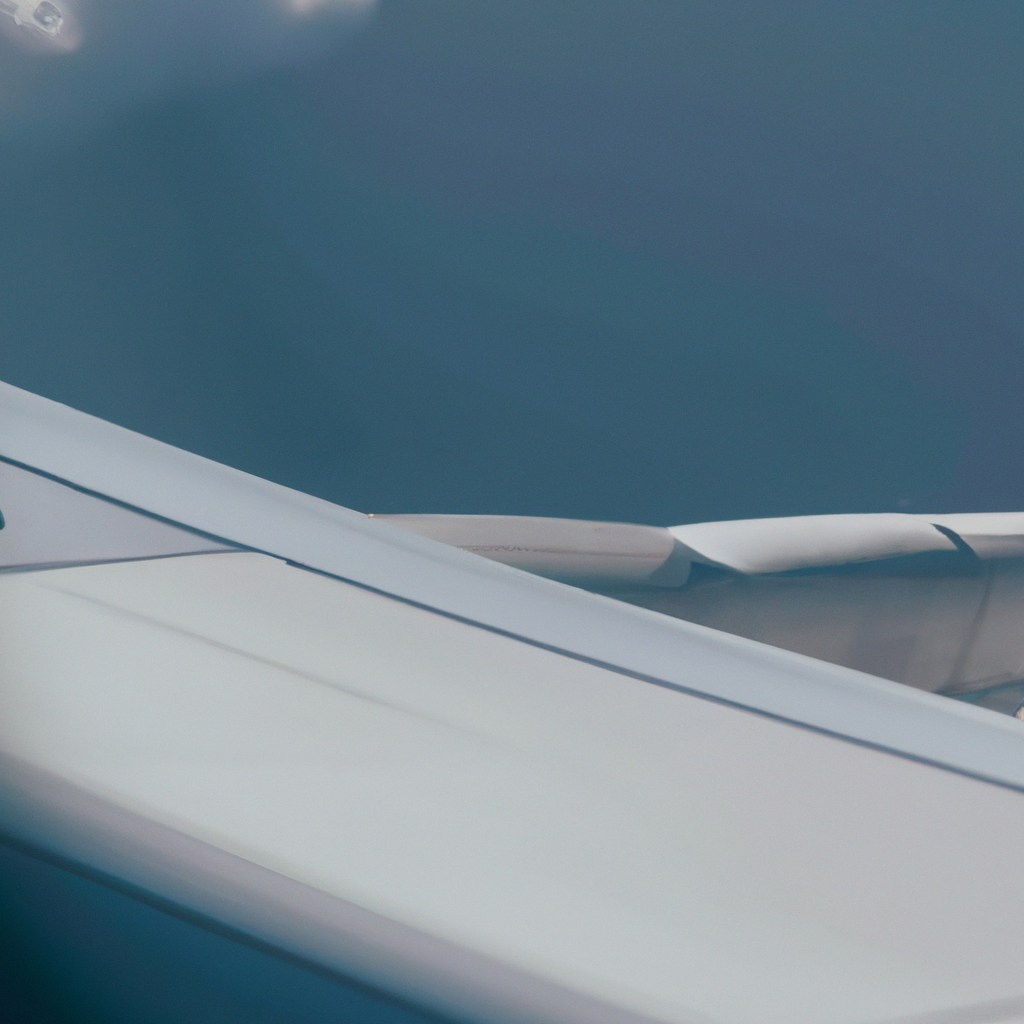Airplane Wing Design: Principles and Concepts
The airplane wing is an essential component of an aircraft, and it is designed to provide lift to the aircraft while in flight. The design of an airplane wing is critical to the overall performance of the aircraft and its ability to achieve lift, speed, and maneuverability. In this article, we will discuss the principles behind the design of an airplane wing, including aerodynamics, lift and drag, wing structure, wing materials, and aircraft engineering.
Aerodynamics
Aerodynamics is the study of how air moves over and around an object. The principles of aerodynamics are essential in the design of an airplane wing. The wing is designed to generate lift, which is the force that keeps the airplane in the air. The shape of the wing is critical to generating lift, and it must be designed to create a low-pressure area above the wing and a high-pressure area below the wing. This pressure difference generates lift, which is proportional to the speed of the aircraft and the size of the wing. The wing’s shape is also designed to reduce drag, which is the force that opposes the forward motion of the aircraft.
Lift and Drag
Lift is the force that keeps the airplane in the air, and drag is the force that opposes the forward motion of the aircraft. The design of the wing is critical to generating lift and minimizing drag. The shape of the wing is designed to create a low-pressure area above the wing and a high-pressure area below the wing. This pressure difference generates lift, which is proportional to the speed of the aircraft and the size of the wing. The wing’s shape is also designed to reduce drag, which is the force that opposes the forward motion of the aircraft.
Wing Structure
The structure of the wing is critical to the overall performance of the aircraft. The wing must be designed to withstand the stresses of flight, including the weight of the aircraft, the forces of lift and drag, and the stress of turbulence. The wing is typically made up of a framework of ribs and spars, covered by a skin of metal or composite material. The ribs and spars provide the wing’s shape and strength, while the skin provides a smooth surface for the airflow.
Wing Materials
The materials used in the construction of the wing are essential to its performance. The materials must be strong, lightweight, and resistant to fatigue and corrosion. The most common materials used in the construction of aircraft wings are aluminum alloys and composite materials. Aluminum alloys are strong and lightweight, and they are resistant to corrosion. Composite materials are even lighter and stronger than aluminum alloys, but they are more expensive and more difficult to manufacture.
Aircraft Engineering
The design of the wing is just one aspect of aircraft engineering. Aircraft engineers must consider many other factors in the design of an aircraft, including the engines, landing gear, avionics, and other systems. The design of the wing must be integrated into the overall design of the aircraft to ensure that it functions correctly and meets the aircraft’s performance requirements.
Conclusion
The design of an airplane wing is critical to the overall performance of the aircraft. The principles of aerodynamics, lift and drag, wing structure, wing materials, and aircraft engineering must be considered in the design of the wing. The shape of the wing is critical to generating lift and reducing drag, and the materials used in the construction of the wing must be strong, lightweight, and resistant to fatigue and corrosion. Aircraft engineers must consider many other factors in the design of an aircraft, and the design of the wing must be integrated into the overall design of the aircraft to ensure that it functions correctly and meets the aircraft’s performance requirements.







